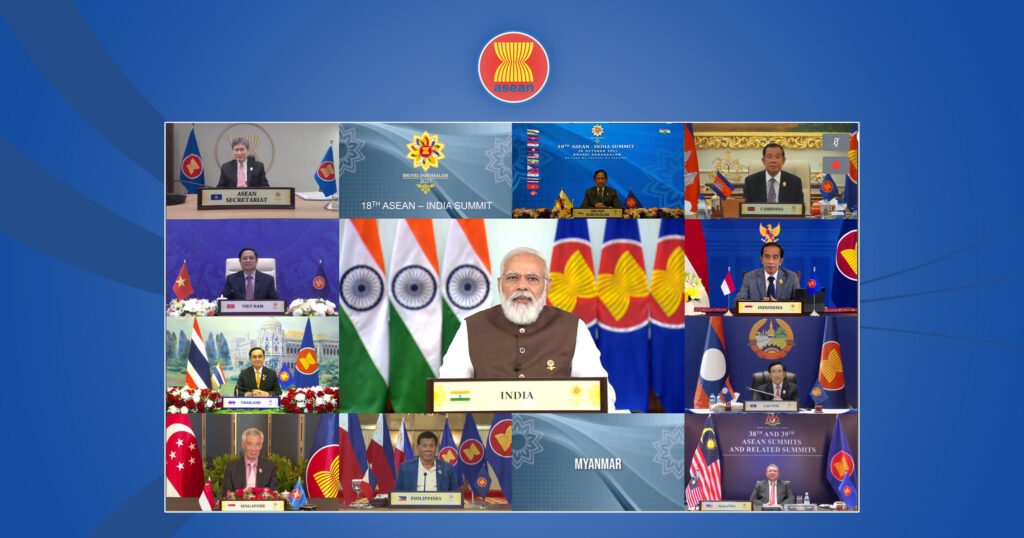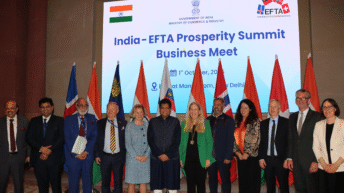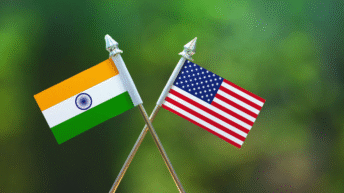
In the dynamic landscape of international relations, India has experienced a strategic evolution in its approach to Southeast and East Asia, recognizing their pivotal role in maintaining a rule-based Indo-Pacific region. The transition from the “Look East” policy, initiated in 1991 with a focus on economic integration, to the more proactive “Act East Policy” reflects a significant shift in India’s diplomatic journey. While the traditional Look East Policy centered on economic ties with Ten Southeast Asian countries, the Act East Policy encompasses a broader scope, incorporating security cooperation alongside economic integration.
The recent signing of a Logistics agreement between India and Vietnam, facilitating military cooperation and support, underscores the evolving focus on security aspects within the Act East Policy. This policy shift indicates a profound transformation in India’s approach, emphasizing regional stability in the Indo-Pacific through socio-cultural, economic ties, and strategic collaborations.
Economic and socio-cultural dimensions play a pivotal role in this transformation. India’s active participation in regional economic frameworks has not only fostered its own growth but also established crucial linkages for the prosperity of its partners. The work aims to explore the interconnectedness of these economic ties and the application of soft power diplomacy as foundational elements for sustainable relationships, contributing to the overall stability and resilience of the Indo-Pacific region.
The shift from Look East to Act East signifies a strategic realignment by placing emphasis on socio-cultural, economic ties, and crucially, strategic dimensions. Examining the historical perspective, the Look East Policy emerged in response to domestic challenges, including a Balance of Payment Crisis, social tensions, and the geopolitical fallout from the disintegration of the USSR. The Look East Policy, initiated in 1991 by Prime Minister P.V. Narsimha Rao, opened avenues for economic and political ties with Southeast Asian countries, marking a significant departure from India’s traditional Western-centric approach (Keshavan, 2020).
The Look East Policy had far-reaching effects, fostering economic growth, cultural exchanges, and strategic partnerships. Cultural diplomacy, exemplified by India’s cultural relations through Buddhism, and strategic partnerships in technology transfer and infrastructure development, marked this phase.
The subsequent shift to the Act East Policy in 2015 acknowledges India’s growing relevance in the Indo-Pacific region. This shift extends beyond economic cooperation to encompass a multifaceted strategy, incorporating socio-cultural collaborations. The Act East Policy not only targets ASEAN countries but also includes East Asian partners like Japan and South Korea, crucial players in addressing challenges posed by China in the Indo-Pacific region.
Economically, India’s engagement with Southeast Asian countries has deepened, with trade volumes reaching $131.57 billion in 2022-23. This economic integration has not only strengthened bilateral relations but also positioned India as a key player in regional economic dynamics. Strategically, India’s focus on the Indo-Pacific region, as evidenced by its participation in forums like the Quad, underscores its commitment to a rules-based international order.
India’s transition from “Look East” to “Act East” encapsulates a comprehensive strategy, extending beyond economic interests to emphasize regional security and stability. The recent call for a ‘Free, open, and rules-based Indo-Pacific’ at the 18th East Asia Summit highlights India’s commitment, reflecting its evolving stand in the geopolitical arena.
The strategic shift in India’s foreign policy from “Look East” to “Act East” underscores a nuanced approach to the Indo-Pacific region. The Act East Policy reflects India’s strategic intent to actively engage in the region, emphasizing initiative-taking and fostering strategic alliances to promote stability. This transformation is evident in initiatives like the Myanmar/Malaysia-India-Singapore Transit (MIST) corridor, specifically designed for Coastal Regulation Zone Clearance (CRZ), showcasing India’s commitment to maritime cooperation.
India’s geographical location, positioned at the crossroads of major maritime routes, enhances its significance in ensuring peace, security, and prosperity in the Indo-Pacific region. The Act East Policy addresses the historical focus on the continental space, shifting towards a more robust engagement in the maritime sphere. This transition is pivotal in navigating the challenges posed by the continental dilemma and emphasizes the importance of strategic alliances, notably the Quadrilateral Security Dialogue.
The QUAD, comprising India, the United States, Japan, and Australia, amplifies India’s influence and commitment to enhancing maritime security. Notable joint initiatives like the Malabar Naval Exercise underscore the growing collaboration among these nations. This alliance plays a crucial role in counterbalancing emerging regional challenges, particularly in response to China’s ambitious Belt and Road (BRI) Initiative.
India’s role in safeguarding vital sea lanes and chokepoints in the Indo-Pacific is emphasized, given its robust economy and naval capabilities. The Act East Policy aligns with India’s commitment to a rules-based international order, particularly advocating for the United Nations Convention on the Law of the Sea (UNCLOS) to ensure equal accessibility in the maritime domain.
Japan and South Korea play significant roles in India’s Act East Policy, contributing to economic cooperation and establishing a rules-based international order. Joint exercises like Shinyuu Maitri, JIMEX, and Sahyog-Kaijin exemplify the collaboration between India and Japan. The Second 2+2 meeting in September 2022 further solidified cooperation in the security field, exemplifying the depth of India’s strategic engagements.
The Act East Policy positions India strategically in the Indo-Pacific, capitalizing on emerging opportunities and addressing shared challenges. India’s historical role in connecting civilizations, from the Indus Valley Civilization to the Chola Empire, establishes it as a major power centre in the region. The primary challenge emanates from China’s various strategies to control the region, with ports in Pakistan, Bangladesh, and Sri Lanka acting as chokepoints.
The Act East Policy thus signifies a transformative approach for India in the Indo-Pacific, moving beyond a mere “Look East” posture. India’s active engagement, strategic alliances, and emphasis on maritime security position it as a key player in fostering stability and freedom of navigation in the region. The policy reflects a commitment to a rules-based international order, addressing contemporary challenges and leveraging regional partnerships for mutual benefit. The transformation from Look East to Act East represents a strategic recalibration in India’s foreign policy, prioritizing socio-cultural, economic ties, and strategic collaborations. This shift not only addresses contemporary challenges but also positions India as a key player in fostering stability and resilience in the Indo-Pacific region. With the increasing relevance of the Indo-Pacific in global geopolitics, India’s diplomatic evolution serves as a critical case study in adapting to emerging challenges and opportunities, further shaping the discourse on regional stability and cooperation.






Add comment